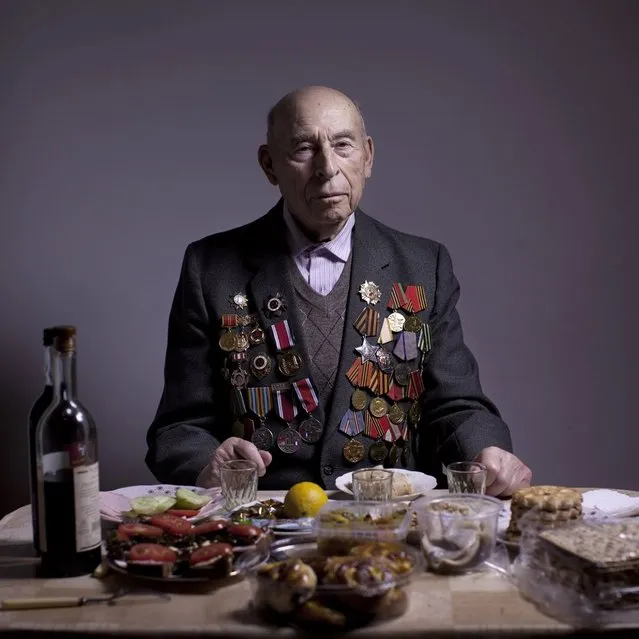
Since her stint in the 2019 Love Island villa, where she made the nation laugh, Irish television personality Maura Higgins has been working as a brand ambassador for Ann Summers. And the 31-year-old has really set pulses racing in her latest edit with the saucy lingerie brand. Available online and in stores from today, December 1, 2021, Maura has looks absolutely stunning in the new Ann Summers Christmas campaign which includes bodysuits and basques, two-piece sets, bras, and thongs in festive hues for the Christmas season. (Photo by Ann Summers/The Mega Agency)
23 Jan 2024 09:46:00,post received
0 comments







